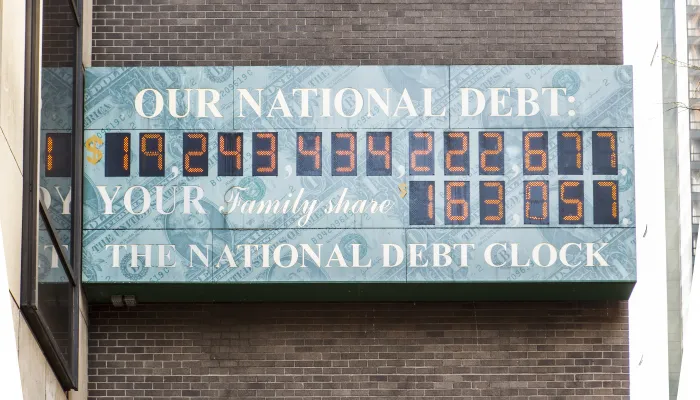Can We Continue Borrowing Without Consequences?
One of the most common myths about the national debt is that we can increase it without consequence. Some argue that because the United States borrows in its own currency, it can simply print money to cover its debt.Others point to high-debt nations like Japan to show countries can bear large amounts of debt. Many others suggest that current low interest rates show that the market is not concerned about the debt.
However, none of these arguments stand up to scrutiny. Printing large sums of money might offer a quick fix, but as international experience shows, it can lead to hyper-inflation. Japan is unique for a number of reasons that do not apply to the United States, and it has also faced two decades of economic stagnation along with its high debt. Low interest rates are a temporary consequence of the struggling global economy and near-term Federal Reserve actions – not a permanent fixture.
In reality, high levels of debt come with many risks and consequences. Over the long run, growing debt crowds out productive private investment, slows income growth, increases interest rates, reduces government flexibility, and increases the risk of a fiscal crisis. The non-partisan Congressional Budget Office (CBO) finds that large and growing debt “would have serious negative consequences for both the economy and the federal budget.”Within 25 years, they estimate rapidly rising debt will increase interest rates by a full percentage point, reduce the size of the economy by 7 percent, and reduce average annual per person income by $6,000 compared to current baseline projections.


